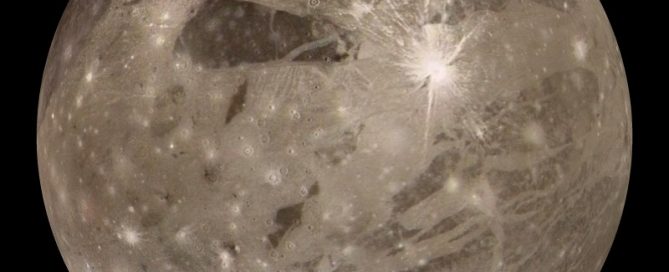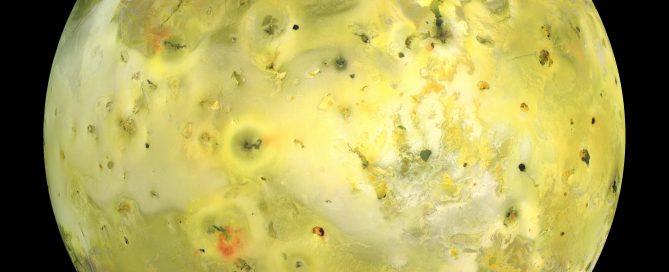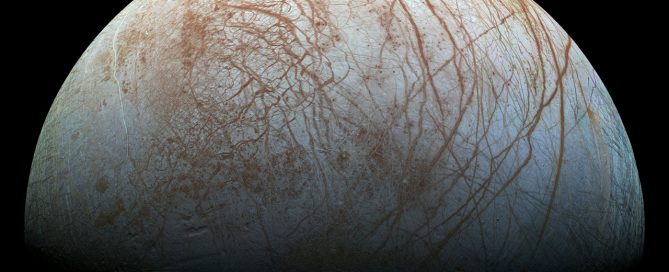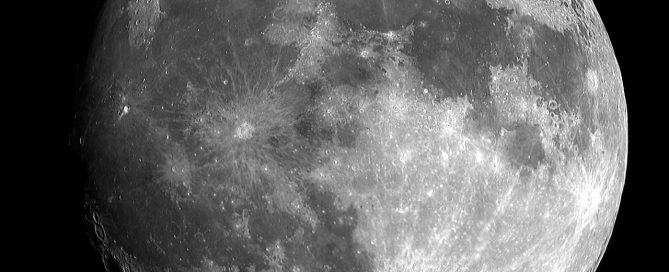Ganymede (Jupiter III)
Ganymede is the largest moon of Jupiter. It also happens to be the largest moon in our Solar System. Bigger than planet Mercury actually. It was discovered by Simon Marius in 1610, who named it Ganymede, after Zeus' cup-bearer. Its diameter is 5,268.2 km and it takes 7 days and 3 hours for it to orbit Jupiter. Ganymede's distance from Big J is 1.070 million km. Ganymede's core is iron-rich and liquid, it also has an internal ocean, [...]




